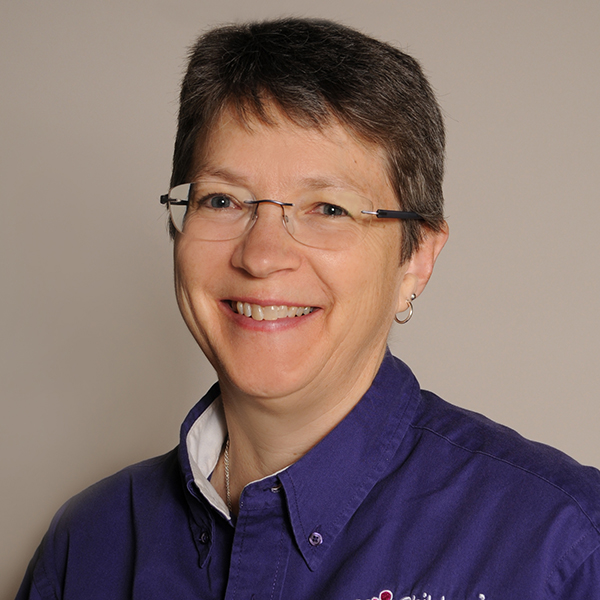As a passionate advocate for children and families to thrive and recognizing the barriers and violence created by racism, I’d like to share some reflections on the journey toward racial equity that we are taking in Broward County, Florida.
The first thing we learned is the importance of making space to have these brave conversations about race and racism and how it is hurting all of us.
By September, we hope to have 900 government and nonprofit staff and community partners, including law enforcement officers, trained in intensive two-day workshops about the history and dynamics of racism and white supremacy in the nation.

Sue Gallagher
More than 1,600 partners have also been trained in the local history of racism and how the racial segregation set up under Jim Crow laws and attitudes still persists in our community. Included in this training is the research from the Kirwan Institute on how bias shows up in education, health care, criminal justice and employment practices and decision making.
As a result of this foundational education and understanding, the Children’s Services Council of Broward County (CSC) has begun implementing strategies to decrease racism and increase racial equity. We have implemented a diverse array of approaches to change ourselves, our programs and our communities due to our commitment that all children grow up to become responsible, productive adults.
None of the racial equity work we are doing would be possible without a shared understanding of the history of racism in our community and country, common language to talk about structural racism and racial bias, and leadership to provide resources and room to make the changes.
For more information on Racial-Ethnic Fairness, go to JJIE Resource Hub | Racial-Ethnic Fairness
We are learning how racism across education, law enforcement, criminal justice, employment and other parts of our community systems play a role in producing disparate treatment and life outcomes based on perceived skin color.
Broward County is home to more than 400,000 children and the sixth-largest school district in the United States. Since 2000, when the CSC was created by voters to fund after-school, diversion and family strengthening programs among others, the number of youth arrests in Broward has decreased from more than 13,400 a year to just over 4,400 a year. The percent of black youth being arrested, however, went from 53 percent in 2005-6 to 75 percent in 2016-17. Black youth only comprise about 30 percent of the total population.
The CSC funds nearly $80 million in services and supports for children and families in Broward County.
Feedback loops
In a recent procurement, we introduced the concept of Learning Together — an approach that centers the lived experience of racism in the lives of youth and their families and how we as a funder, nonprofit service agencies and youth and families can learn together how racism is present and how we can eradicate it. We also introduced a new approach to contract outcomes: We now define success with youth and staff in a more collaborative way than we have done traditionally.
These programs are just getting started, and we expect we’ll learn ways in which we need to change our community systems, programs and ourselves. We also initiated a pilot program in two after-school sites where we met with the parents and staff over six months to talk about how racism is showing up in their and their children’s lives and how after-school programs can support them and be a catalyst for parents to advocate for changes.
The CSC is working with partners in juvenile justice, child welfare, education and behavioral health to build a local integrated data system to improve programs and service systems. As part of building the data system, we are also building the capacity to conduct community participatory action research (CPAR). This book explains the importance of centering youth and service recipient voice in asking questions of, and interpreting, the integrated data.
We are looking to engage more high school youth in CSC-funded after-school programs in the CPAR projects, give them school credit and create leadership opportunities for them to create equitable structures in our community. Both the Learning Together and CPAR approaches and emerging structures are feedback loops that provide us with essential information about whether programs and policies are humanizing experiences for both the service recipient and service provider. This article has been informing our shift from hierarchical service relationships to partnerships to collectively create community change.
Most importantly, racial equity knowledge and practices are changing the lens through which we identify problems and solutions. In its current manifestation, racism blames people of color for their circumstances and choices. With the lens of racial equity, we see that the upstream causes of those circumstances and choices are driven by policies and practices that advantage white people.
For example, research shows that when black and white male youth commit the same offense, the white youth are not criminalized and given lighter consequences. The racial equity work in Broward County is not top-down-driven. The proliferation of racial equity strategies arises from people who now have this lens identifying racism and co-creating alternative policies and practices, collectively.
Sue Gallagher, Ed.D., is the chief innovation officer for the Children’s Services Council of Broward County, Florida, and co-leads the local racial equity work. She has more than 30 years of nonprofit and local government experience and is passionate about creating structures that support children and families to thrive.

Thank you for this thoughtful and important work.